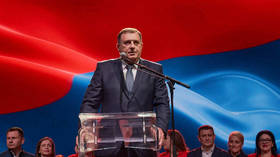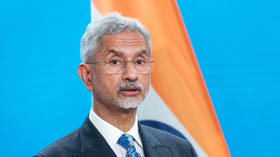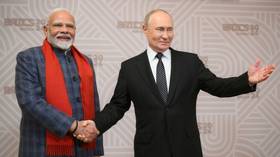Indian arms wrestle
For half a century, India's weapons of choice have been Russian. Now, with its defense budget having been boosted by $40 billion, the US, Israel and others are trying to elbow into the lucrative market.
What began during the Cold War has now become a military trade worth $25 billion. Russia is India’s biggest defense supplier – mainly because of the weaponry's advantages.
”They’re hardy. Indian equipment needs to be utilized in temperatures ranging from minus 50 up in the Himalayas, to plus 50 in the deserts of Rajasthan. Secondly, it is competitive in price, it's cheap. And thirdly, over the last 30-40 years the military has got used to using Russian equipment, so operators and users are familiar with it,” says Rahul Bedi, correspondent with Jane’s “Defence Weekly”.
The relationship is now moving into joint development of weapons, such as the Brahmos cruise missile, costing $300 million. India provides the guidance system, and Russia the propulsion system. It’s the world’s only supersonic cruise missile, which, according to the designers, makes it almost invincible.
“The missile flies at a speed of Mach 2.8 – that is 2.8 times the speed of sound – whereas all the missiles in developed countries fly at less than the speed of sound. So our edge comes from its velocity, which contributes in terms of higher kill energy,” says Dr. A Sivathanu Pillai, CEO and MD of Brahmos Aerospace.
Russia faces a new game when it comes to arming India. It has to now compete with the United States, Europe and Israel.
India is expected to spend $40 billion over the next 3 years, so the competition is intense. But with the Indian military using mostly Russian hardware in its arsenal, there’s a comfort level that few other countries can match. It’s one defense relationship that won’t end anytime soon.













